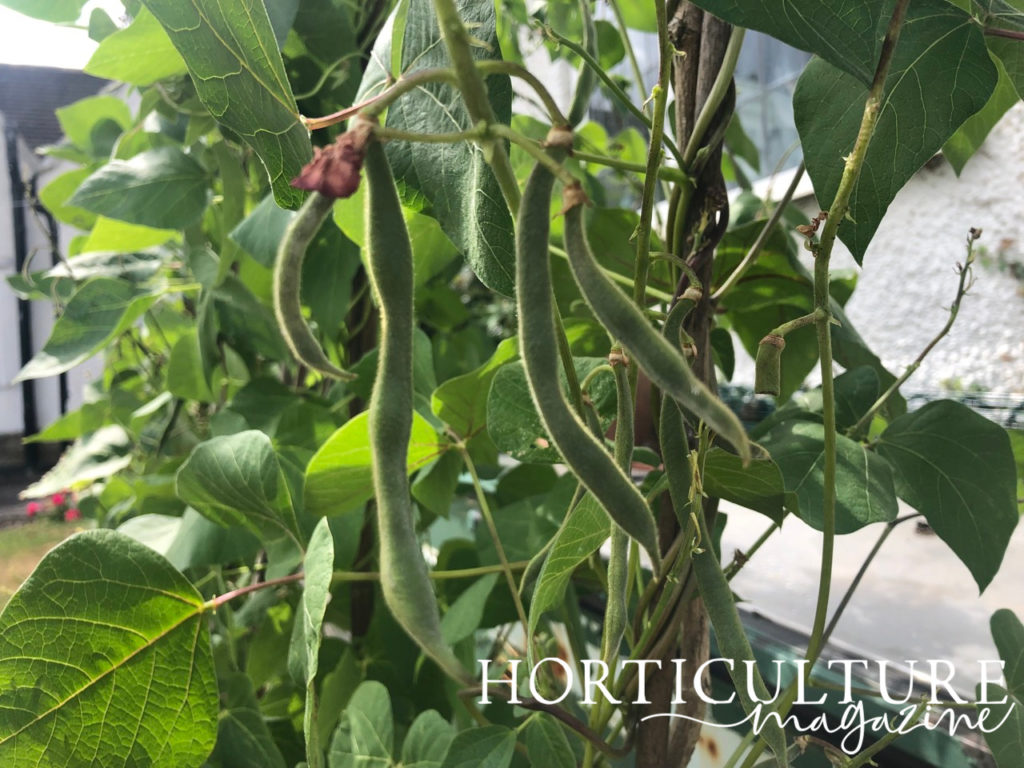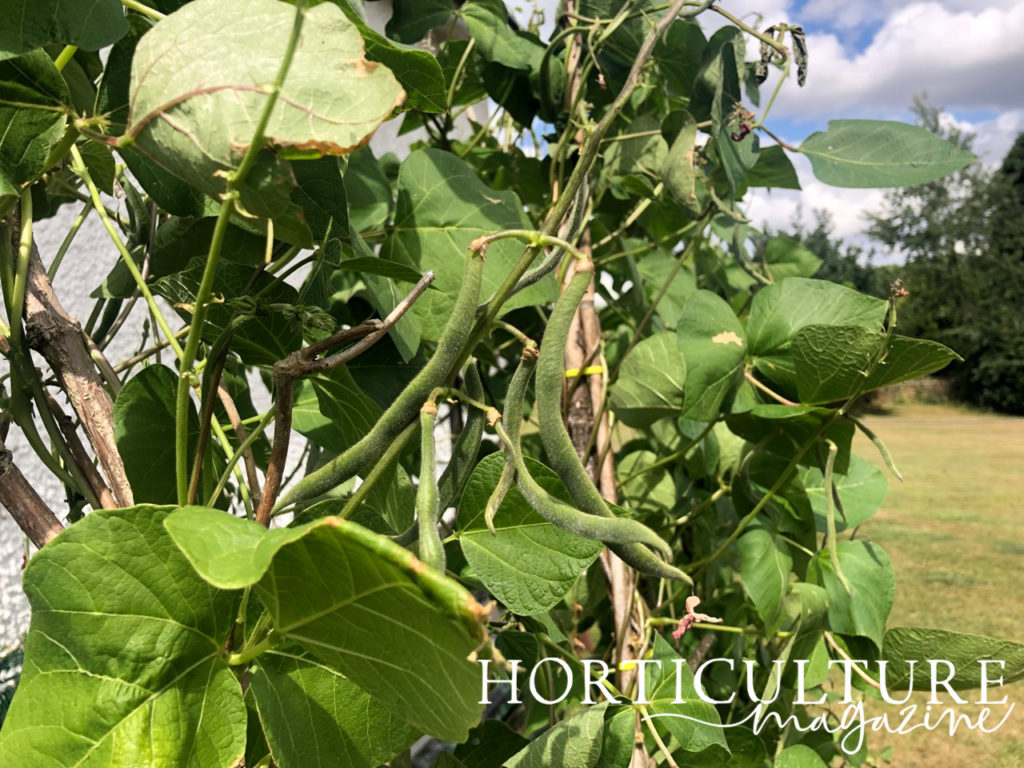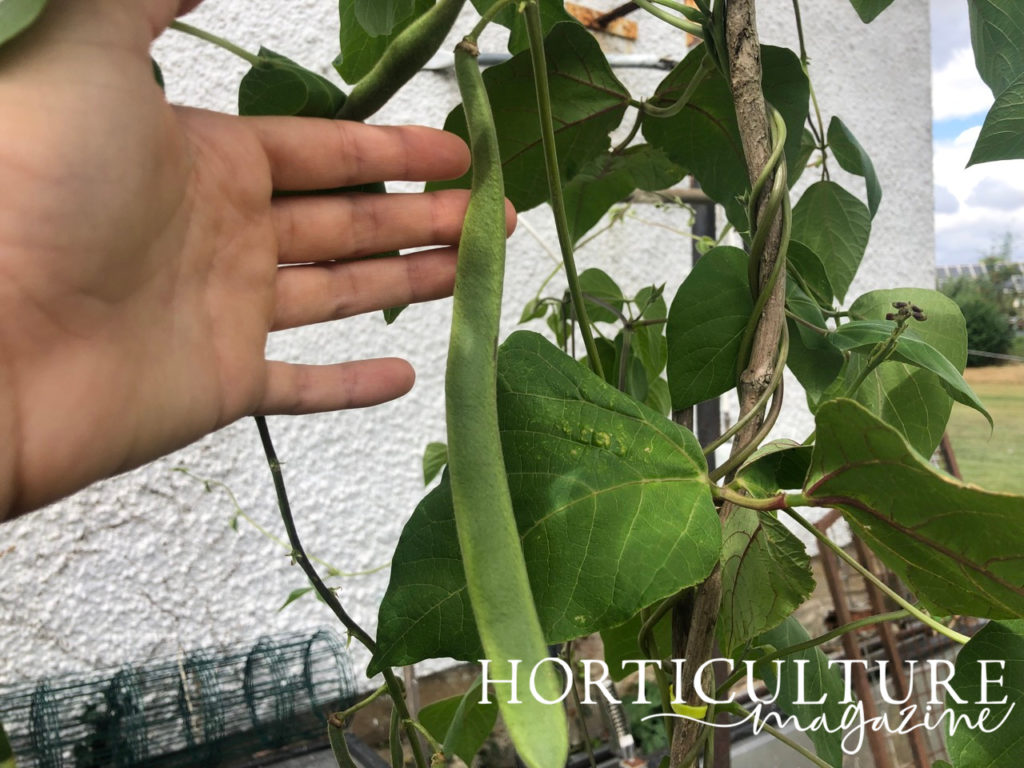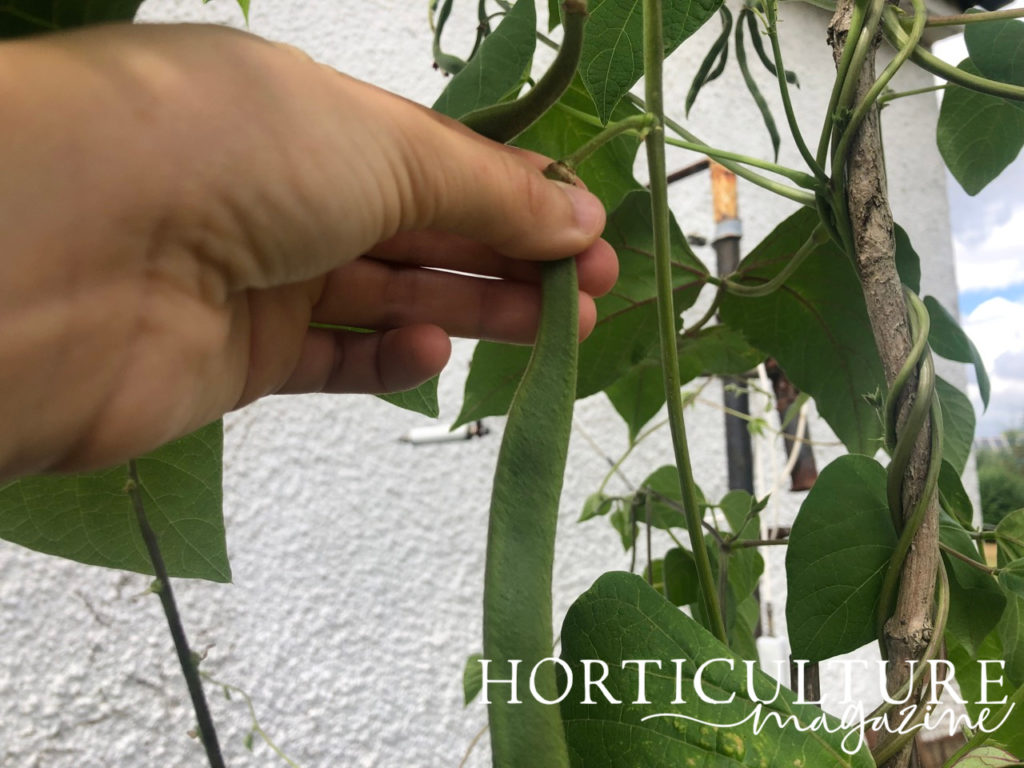Harvest Runner Beans For Their Leaves, Pods Or Seeds – ‘Try And Pick Under 10cm’

VEGETABLES > RUNNER-BEANS > HARVESTING

Elizabeth is a Permaculture Garden Designer, Sustainability Consultant and Professional Writer, working as an advocate for positive change. She graduated from the University of St. Andrews with an MA in English and Philosophy and obtained a Diploma in Applied Permaculture Design from the Permaculture Association.
Reviewed By COLIN SKELLY

Colin is a Horticulturist and Horticultural Consultant with experience in a range of practical and managerial roles across heritage, commercial and public horticulture. He holds the Royal Horticultural Society’s Master of Horticulture award and has a particular interest in horticultural ecology and naturalistic planting for habitat and climate resilience.
Contributions From EMILY CUPIT

Emily is a Gardening Writer, Photographer and Videographer from Derbyshire, UK. She is the Founder of Emily's Green Diary - a community of more than 75,000 people who share in her gardening journey.

Sara Venn is the founder and leader of Edible Bristol, an organisation set up to create edible gardens across the city of Bristol. With 60 gardens and counting, the project is still growing. Sara also has previous experience as a Horticulturist at various plant nurseries.
IN THIS GUIDE
RUNNER BEANS GUIDES
Harvesting
Runner beans can be an excellent choice for both ornamental and food-producing gardens.
If you grow them successfully, you will need to make sure that you know when and how to harvest them to make sure that none of the vegetables goes to waste.
Read on for more information about when and how to harvest runner beans.
When To Harvest Runner Beans
The main runner bean harvest takes place, depending on the particular variety you are growing, between July and October.
The more assiduous you are in picking the beans promptly, the longer your harvest period will be and the more runner beans you will get.

However, it is worth noting that as well as harvesting the pods for use as a green vegetable as is the norm here in the UK, you can also consider harvesting a few young leaves to use in soups or stews earlier in the season.
You can even hold off harvesting to get seed beans from inside mature pods that can be used as a pulse.
Harvesting Young Leaves
While you should not eat the leaves raw, cooked young runner bean leaves make a perfectly palatable cooked green or pot herb that you might add in moderation in place of or alongside other cooked greens in a range of recipes.1Bountiful beans. (n.d.). Kew Royal Botanic Gardens. Retrieved March 23, 2023, from https://www.kew.org/read-and-watch/runner-beans-kitchen-garden

While this is not likely to be a major harvest, you might think about taking a few leaves here and there before the main harvesting period arrives.
Harvesting Beans For Pods
The primary harvest can begin from July, depending on what variety you chose and when you sowed the seeds.
It is very important to keep an eye on your runner beans and to harvest the pods promptly before they are fully mature, as once the runner bean pods mature fully, no further beans will be produced and the harvest will be smaller.
“Young bean pods are also far less stringy than more mature ones,” says Master Horticulturist Colin Skelly.
“I try and pick whilst they are under 10cm or so to try and optimise the tenderness of the pods.”
It is important, for a prolonged harvest of the runner beans as a green vegetable, to pick the pods quickly when they reach around 15-20cm long, but before they start to round out and develop the seeds inside.

To pick the pods, simply snap these off the plant, taking care not to dislodge the plants from their support or break the main stems.
You will likely have to check over your plant every few days to make sure that you get them all and make sure that the plant continues to produce new pods.
Once you have harvested the pods, these are typically chopped and, where necessary, de-stringed before they are cooked and eaten.
You can also freeze them very easily for later use to make sure that none of them go to waste.
Harvesting Beans For Seed
The only time that you might not wish to harvest the pods is if you are growing a variety for the seeds, as the beans that form inside the pods can also be cooked, eaten and dried for use as a pulse.
Some varieties are more commonly used in this way than others, so you may wish to seek out a cultivar that is particularly suited to use as a pulse.

When collecting the seeds from inside the pods, you will have to wait for them to mature fully.
These seeds can then be saved to plant the following year, or thoroughly dried and stored for use as a pulse.
Storing Beans
The easiest way to cook is to top and tail the ends, remove the edges and slice lengthways with a sharp knife into thin strands before boiling or steaming for 3-4 minutes until tender.
You can even purchase a bean slicer that will slice and string the beans for you, speeding up this task even further.
Runner beans freeze well, which is great, as you may well have more than you can eat fresh and there is nothing more satisfying than filling the freezer with homegrown produce to see you through winter.
To freeze prepare the beans and blanche or add to a pan of boiling water for 2-3 minutes.
Then transfer to a bowl of cold water until completely cool, drain and freeze in suitable amounts.
Once frozen, they will keep for up to 6 months.
“At Edible Bristol, we dry a lot of our bean crops and save a lot of their seeds,” shares Edible Bristol’s Founder Sara Venn.
“We’ve made our own drying rack out of old coffee bags, which is really useful for drying out the seeds.”
References
- 1Bountiful beans. (n.d.). Kew Royal Botanic Gardens. Retrieved March 23, 2023, from https://www.kew.org/read-and-watch/runner-beans-kitchen-garden
